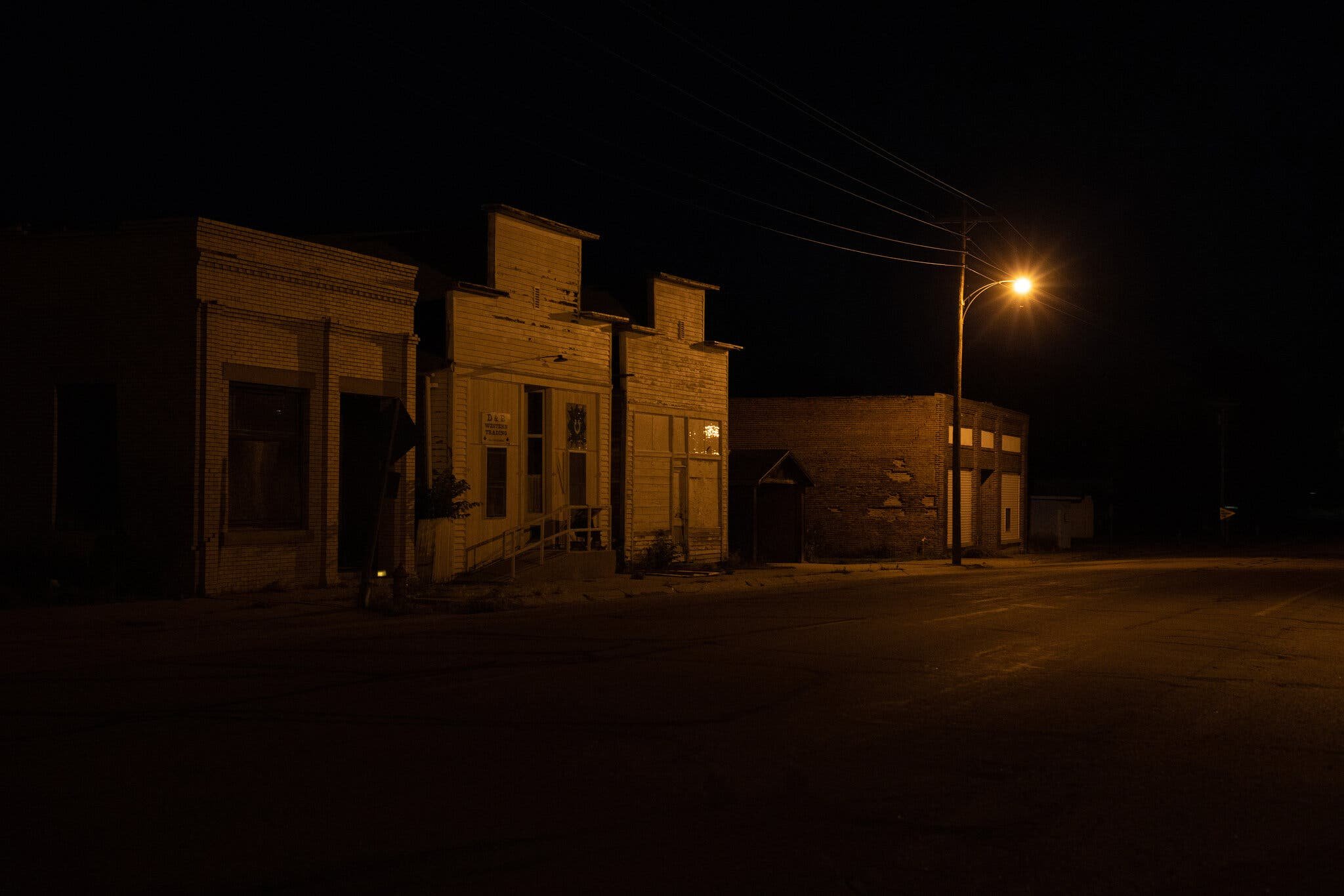‘Once We’re Gone, We’re Not Coming Back’
Jeff Uhlir harvests corn on his farm in Knox County, Neb.
In Nebraska, a 151-year-old family farm struggles to survive.
In his earliest memories of his family’s farm, Ethan Uhlir rides in an old truck with his grandfather Arden, feeding cattle and mending fences.
Before Arden’s death five years ago, he “reminded me that I was a good cattleman,” Ethan said, and “I have to keep it like that.”
Ethan, now 17, still notices his grandfather’s wiring technique in fence posts scattered across the farm in the rolling plains of northeast Nebraska, along the South Dakota border. He walks along the same paths as six generations of Uhlirs, but Ethan may be the last to work the land.
Ethan Uhlir.
“There’s enough labor for four people but not enough income for one,” his father, Jeff, said.
Like most farmers, Jeff sells his cattle, corn and soybeans at prices set by a global commodities market, but only large farms can absorb the narrow profit margins.
Though the family’s small farm is valuable — its 880 acres are assessed at $1.3 million — property taxes eat up most of the money it does make.
Even in a good year when the farm grosses $60,000, Jeff feels lucky if he has money left over for savings.
“I’ll have to work an hour before my funeral,” Jeff, 51, said. “I have no retirement.”
For families like the Uhlirs, farming is increasingly unsustainable, as drought and extreme weather, fluctuating commodity prices and rising costs alter the economics of running a small- to midsize operation. Hundreds of family farms file for bankruptcy each year in the United States, with the largest share routinely coming from the Midwest.
Nebraska’s high property taxes, which it collects from its 93 counties and reapportions, are compounded by Knox County’s shrinking population.
The town of Verdel, just north of the Uhlir farm, has a population of just 30 people.
About 8,400 people live in the county, down 26.8 percent over the last 40 years. With fewer taxpayers, farmers who own hundreds of acres must shoulder the cost of schools, roads and other public services. After paying for necessities like fertilizer, seed and pesticides, Jeff must cover a $15,965.68 property tax bill.
Nebraska’s agricultural land property taxes are 46 percent higher than the national average, according to a 2019 report by the University of Nebraska, Lincoln, and most farmers pay 50 to 60 percent of their net income in taxes.
Sixty percent of Nebraska property taxes pay for schools.
The high school that Ethan attends is in Verdigre, a town of 550 people 20 minutes southeast of the farm. It has one teacher for every six students.
Like Ethan, most of the seniors commute to school from farms outside of town.
Agricultural business, his biggest class, has eight students. The school has so much capacity and so few students that Ethan has two lockers. In the spring, he will graduate with only seven classmates.
Some mornings before school, Ethan stocks shelves and works as a cashier at Tom’s Family Foods, a job he’s had since he was 14. He also folds towels at his mother’s salon in Verdigre and helps out on the farm.
On the farm, Ethan says he’s always been drawn to the family’s 80 cattle. “I like helping things be better and feel better.”
Next fall, Ethan hopes to pursue an associate degree in nursing. “I don’t think that I would be able to financially support myself just living off the farm,” he said.
On a crisp, bright afternoon in early October, Ethan watched his father weld their broken 1980s combine harvester head, which cuts and threshes corn.



